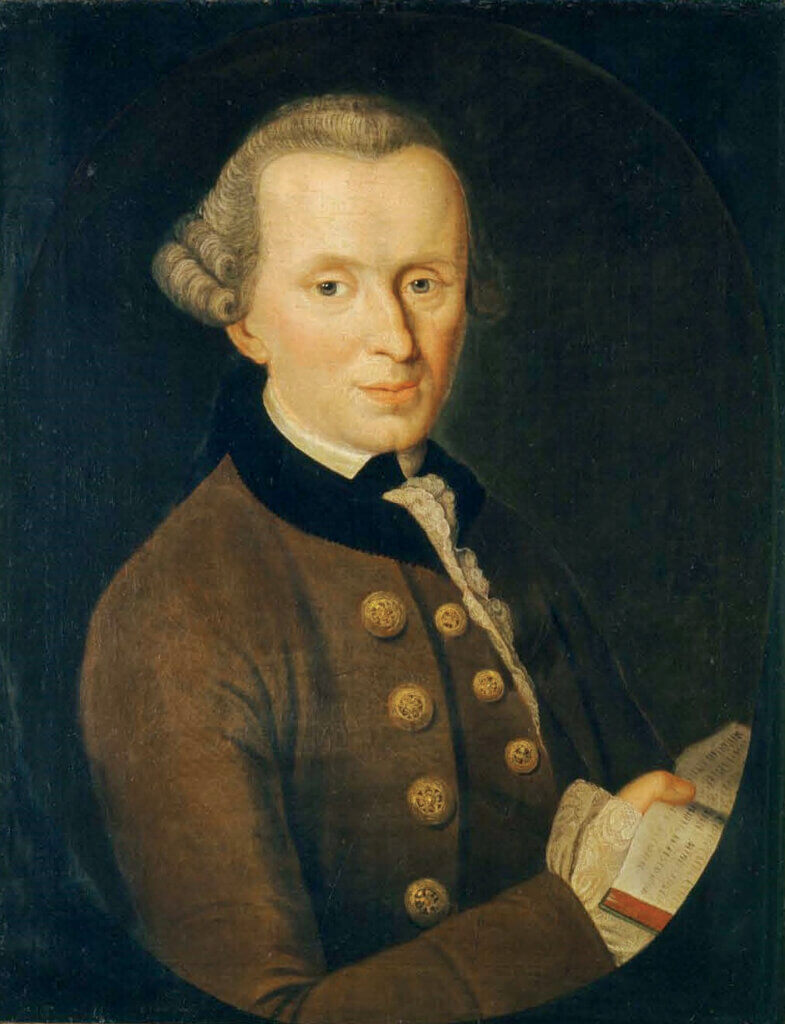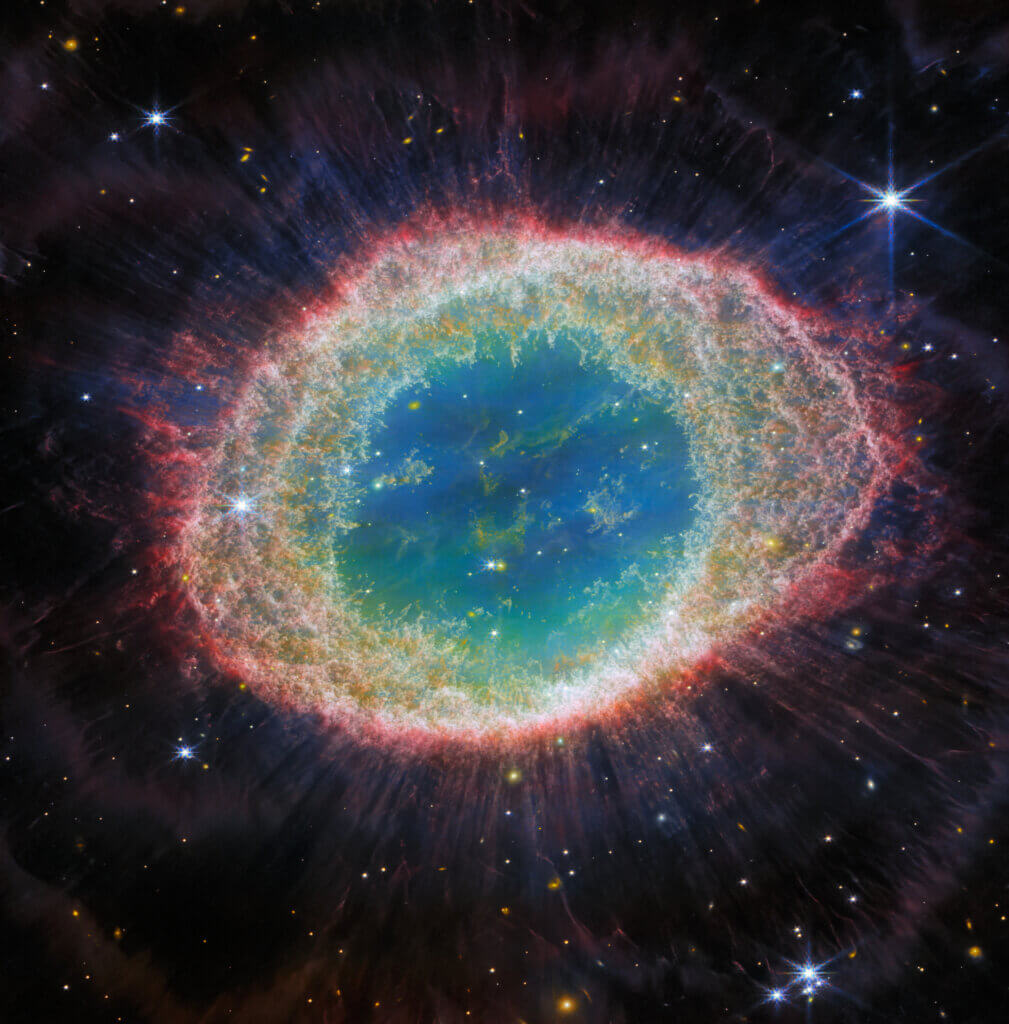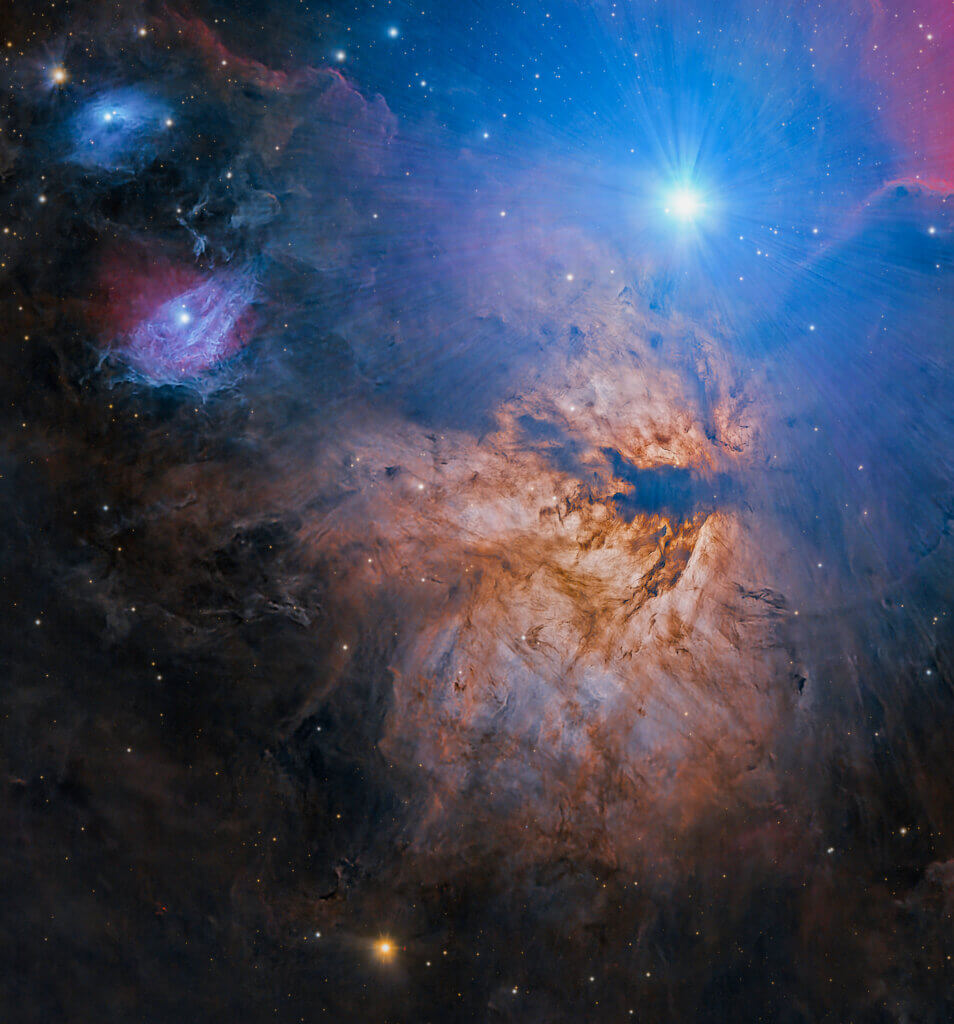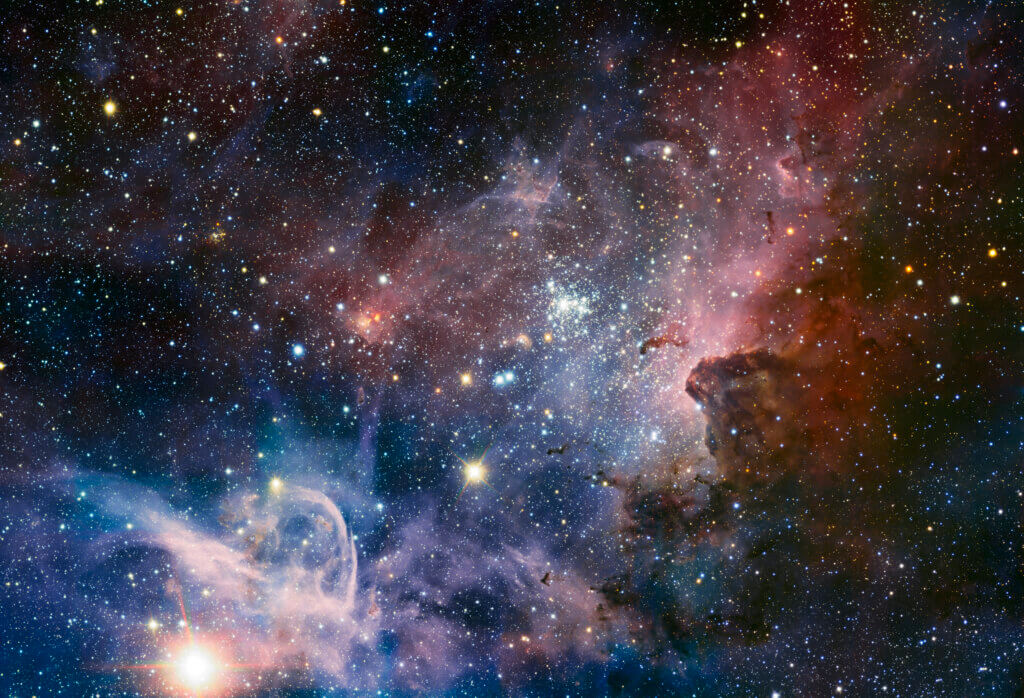
In 1755, the German philosopher Immanuel Kant, then a young academic without a formal university post, anonymously published a work: “Allgemeine Naturgeschichte und Theorie des Himmels“, or “The General Natural History and Theory of the Heavens“. More than a mere catalogue of celestial bodies, the book was subtitled “an Attempt to Account for the Constitutional and Mechanical Origin of the Universe upon Newtonian Principles”. This subtitle reveals a revolutionary agenda. Kant sought to move beyond describing.
Why was it a revolutionary theory?
At a time when explanations for the cosmos were largely rooted in theology or mythology, Kant’s Gaseous Hypothesis was a radical departure. He proposed that the Sun, the planets, and their moons were not created in their present state by a divine act but had formed over immense periods through a natural, evolutionary process. He envisioned the entire solar system emerging from a vast, primordial cloud of gas and dust—a nebula.
It laid the intellectual foundation for virtually all subsequent cosmological models, including the modern, widely accepted theory of solar system formation.
Foundation
Kant’s hypothesis did not emerge in a vacuum. It was a product of the Enlightenment, a period defined by confidence in human reason and the power of natural laws to explain the universe. To construct his theory, Kant built upon a set of foundational assumptions, blending the latest astronomical observations with Newtonian physics and a unique philosophical vision.
The mid-18th century was a period of significant astronomical discoveries. Kant was particularly inspired by the work of the English astronomer Thomas Wright, whose 1750 book, An Original Theory or New Hypothesis of the Universe, Kant had read about in a review. Wright had suggested that the Milky Way was a vast, flattened system of stars. Simultaneously, astronomers like Edmond Halley and Pierre Louis Maupertuis were cataloguing faint, fuzzy patches of light in the night sky they called “nebulae”. While some, like William Derham, speculated these were openings to a divine fire, others correctly began to suspect they were immense collections of stars, far more distant than any single star visible to the naked eye. Kant seized upon these ideas, seeing in them the building blocks for a universal theory.
The Primordial State
Kant’s theory begins with a specific vision of the universe in its initial state. He assumed that all of space was initially filled with what he termed “primordial hard matter”. This matter was not a hot, chaotic gas but was imagined as a vast, diffuse cloud of “cold, motionless, solid particles” scattered throughout the cosmos. This was the raw material from which everything—stars, planets, and galaxies—would eventually be built.
Divine Architect and the Newtonian Engine
Kant’s framework is a blend of theology and physics. He did not attempt to explain the ultimate origin of the primordial matter itself; instead, he assumed it was “supernaturally created“. In this sense, God was the ultimate originator, the First Cause, who supplied the material for the universe. However, after this initial act of creation, God’s direct intervention ceased. From that point forward, the entire evolution of the cosmos was driven by a single, powerful engine: Sir Isaac Newton’s Law of Universal Gravitation.
Assumptions:
- Supernaturally created primordial matter was scattered in the universe
- Its temperature was close to 0°Kelvin (-273.1°C) — i.e. cold and motionless according to the molecular theory of matter
- Particles began to collide against each other under their mutual gravitational attraction
The Theory
- Initially, there was a cold, motionless, and non-rotating cloud of solid particles.
- Under mutual gravitation, the particles began to move toward each other and collide.
- Supernaturally existing primordial matter, a slowly rotating cloud of gas, continued to collide against each other under mutual gravitation; because of friction, it generated heat, generated random motions
- A rise in temperature also changed the state from solid to gaseous
- With the continuous rise in temperature and rate of rotation, the nebula started expanding in size
- According to Kant:
- As heat increased
- The size of the nebula increased
- As the size increased, the angular velocity increased
- Due to the continuous increase in the size of the nebula, centrifugal force exceeded gravitational force
- Ultimately, a ring was separated from the nebula
- Gradually, more rings got separated
- The residual central mass is the sun
- By the same process, satellites were formed
Gaseous Hypothesis
Initially, there was a cold, motionless cloud of solid particles.
Under mutual gravitation, the particles began to move toward each other and collide.
Primordial matter continued to collide under mutual gravitation, generating heat and random motions.
A rise in temperature changed the state from solid to gaseous.
With rising temperature and rotation, the nebula expanded and its angular velocity increased.
Centrifugal force exceeded gravity, causing a ring to separate from the nebula.
Gradually, more rings got separated. The residual central mass became the sun.
By the same process, satellites were formed from the planets.
Merits
- First Scientific Theory
- Simple and Reasonable
Demerits:
- What was the origin of primordial matter?
- How did the primordial matter start colliding suddenly?
- Newton’s First Law states: A body remains at rest or in motion with constant speed until an external force is applied to it.
- Collisions among the particles of the primordial matter can never generate rotary motion in it.
- Against the law of conservation of angular momentum
Angular Momentum = (Mass of the body) × (Angular velocity) × (Square of the radius)
$$L = m \cdot \omega \cdot r^2$$
Where:
\( L \) = Angular momentum
\( m \) = Mass of the rotating object
\( \omega \) = Angular velocity
\( r \) = Radius from the axis of rotation
Angular Velocity Formula: \(\omega = \frac{\theta}{t} \quad \text{or} \quad \text{AV} = \frac{\theta}{t}\)
Where:
\( \omega \) = Angular velocity
\( \theta \) = Angular displacement
\( t \) = Time
Law of Conservation of Angular Momentum:
“If no external torque acts on a system, the total angular momentum remains constant.”
Mathematically: \(L_{\text{initial}} = L_{\text{final}} \Rightarrow m \cdot \omega_1 \cdot r_1^2 = m \cdot \omega_2 \cdot r_2^2\)
This means that if the radius increases, the angular velocity must decrease to keep angular momentum constant (assuming mass stays the same), and vice versa.
Why is it against the Law of Conservation of Angular Momentum?
In the Gaseous Hypothesis, it is claimed that:
– The size of the nebula (radius) increased,
– And at the same time, the angular velocity also increased.
This is contradictory. The theory contradicts the Law of Conservation of Angular Momentum because it assumes that both the radius and angular velocity of the nebula increase over time.
But in reality, if angular momentum is conserved, an increase in radius should cause a decrease in angular velocity (or vice versa), not both increasing together.
Criticism summarised
- As the heat increased, the size of the nebula (or radius of the nebula) increased.
- As the size of the nebula increased, the angular velocity or the rotary speed further increase? Against the law of conservation of angular momentum.


